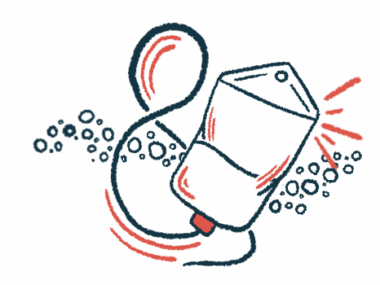60K More aHUS Patients Would Be Alive Worldwide if Given Appropriate Healthcare, Alliance Says
Written by |

The aHUS Alliance Global Action estimates there could be 84,000 people living with atypical hemolytic uremic syndrome (aHUS) in the world today — roughly 60,000 more than current estimates — if all patients received the same care as those in the U.S.
These numbers were obtained assuming the prevalence of the disease at a global scale follows its current prevalence in the U.S. of roughly 10.5 cases per million people, which equates to approximately 3,500 patients in the country.
According to the aHUS Alliance, current estimates predict that 10,000 cases of aHUS exist in developing countries, amounting to a prevalence of 1.5 cases per 10 million people. Assuming a similar prevalence worldwide as in the U.S., it would be expected that 60,000 more people are living with the condition.
The discrepancy is likely due to differences in healthcare access, as patients in such countries are more likely to die before receiving a formal diagnosis, and even those who are diagnosed do not have access to existing treatments. As fewer patients are diagnosed, and more likely to die due to lack of treatment access, the prevalence of aHUS is much lower in these countries.
The findings highlight the need to raise awareness about the condition and support those living with it — a main goal of the aHUS Alliance during this year’s aHUS Awareness Day on Sept. 24.
“Greater awareness of the condition and improved clinical knowledge has also raised identification of the disease when diagnosing the cause of an onset,” the charity wrote in a recent statement. “In the past many aHUS patients would have died or gone into kidney failure without knowing why.”
As part of its efforts for aHUS Awareness Day, the Alliance is urging patients to participate in a global video project initiative, whose theme is “Wellness and Well-Being.”
A patient wishing to participate in the project must submit their answer, in 50 words or less, to the question: “What is your key to wellness and well-being?”
“This year it has been about how those who got through and found their own ways to build up their health again. It is important to acknowledge and applaud that,” the organization said.
At the same time, the aHUS Alliance wants to remember “those who merely had the ‘wrong genes, in the wrong place, at the wrong time.’ The aHUS 60k.”
In addition to answering the question, participants must also send a photo, along with their name and country of residence to Jeff Schmidt, the video project’s lead, by Sept. 17. This information will then be used to create patient slide decks that will be showcased in this year’s video slideshow.
More information about the video project initiative and how to participate is available here. Additional details about this year’s aHUS Awareness Day can be found here.





